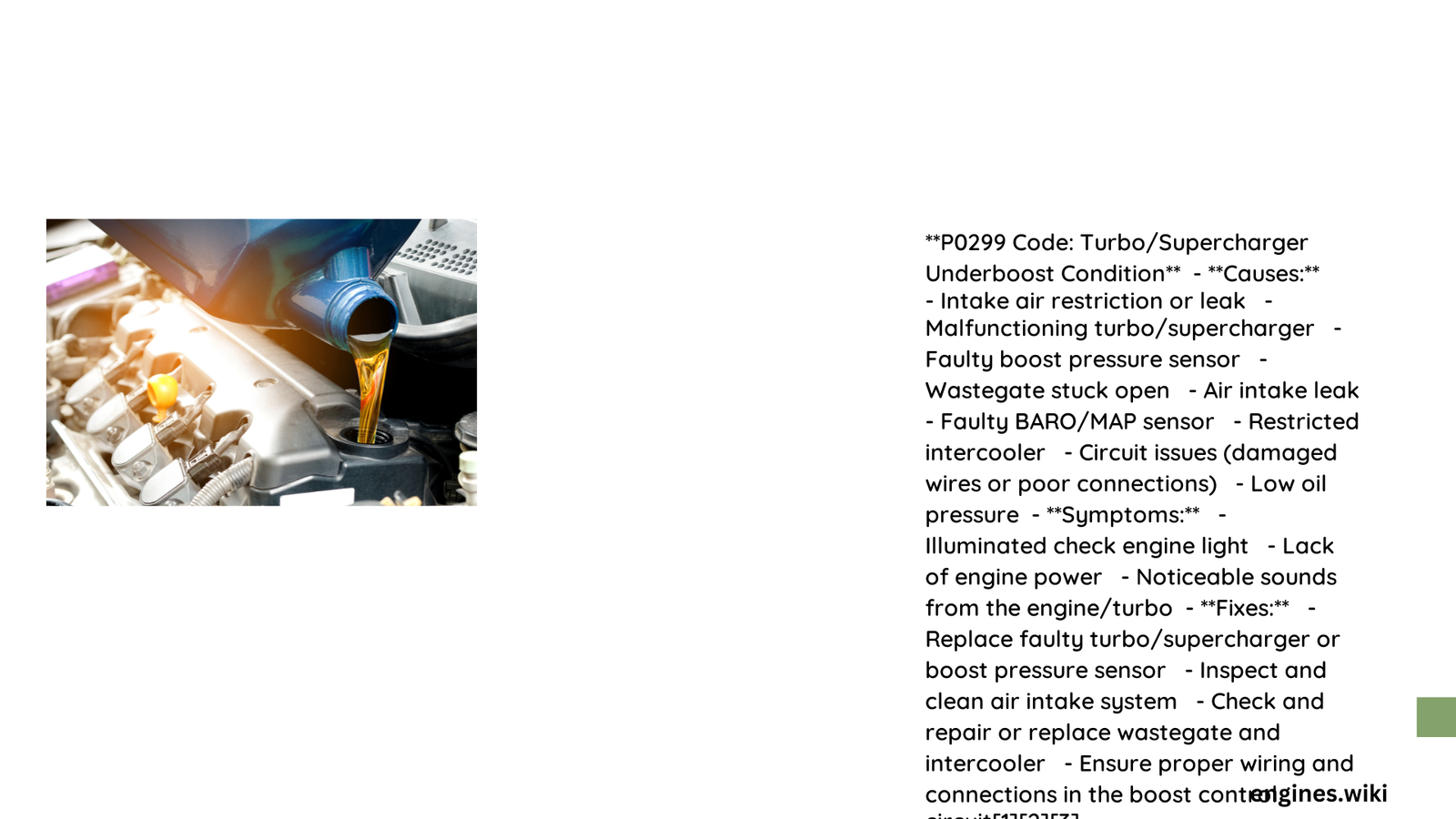Modern turbocharged engines represent a sophisticated fusion of engineering precision and power optimization. When an engine operates under boost, it transforms from a standard powerplant into a dynamic performance machine, dramatically increasing horsepower and torque through compressed air delivery. Understanding the nuanced mechanics of boost pressure is crucial for automotive enthusiasts and engineers seeking maximum engine efficiency and reliability.
What Defines Engine Performance Under Boost?
How Much Boost Can Different Engines Handle?
Boost capacity varies significantly across engine architectures:
| Engine Type | Typical Boost Range | Performance Characteristics |
|---|---|---|
| Inline-4 | 15-25 psi | Responsive, Quick Spool |
| V6 | 15-28 psi | Balanced Power Delivery |
| V8 | 18-35 psi | High Power Potential |
What Factors Influence Boost Stability?
Critical factors determining boost performance include:
- Turbocharger Design: Compressor wheel efficiency
- Engine Block Strength: Material composition and structural integrity
- Cooling Systems: Intercooler effectiveness
- Fuel System: High-flow injectors and pump capacity
Technical Challenges in Boost Management

Why Does Turbo Lag Occur?
Turbo lag emerges from delayed air compression and turbine acceleration. Mitigation strategies include:
- Sequential turbo configurations
- Smaller, faster-spooling turbochargers
- Advanced variable geometry turbochargers
How Can Heat Be Effectively Managed?
Heat management requires multi-pronged approaches:
- Intercooler Upgrades: Enhanced cooling capacity
- Thermal Barrier Coatings: Reduce heat transfer
- Advanced Coolant Systems: Improved thermal regulation
Performance Optimization Strategies
What Tuning Adjustments Maximize Boost?
Key tuning parameters include:
- Air-Fuel Ratio: Precision targeting (11.5:1 – 12:1)
- Ignition Timing: Knock prevention
- Boost Pressure: Gradual, controlled increases
Can Boost Improve Fuel Efficiency?
Contrary to traditional assumptions, strategic turbocharging can enhance fuel economy by:
- Enabling smaller, more efficient engine designs
- Providing power-on-demand capabilities
- Reducing overall engine weight
Economic Considerations
What Are Boost Modification Costs?
| Modification | Cost Range | Potential Power Gain |
|---|---|---|
| ECU Remap | $500-$2000 | 10-20% Power Increase |
| Turbo Kit | $2000-$10000 | 50-100% Power Increase |
Conclusion
Engine under boost represents a complex interplay of engineering principles, requiring meticulous understanding of thermal dynamics, fluid mechanics, and materials science. Success demands comprehensive knowledge, precise tuning, and respect for mechanical limitations.
